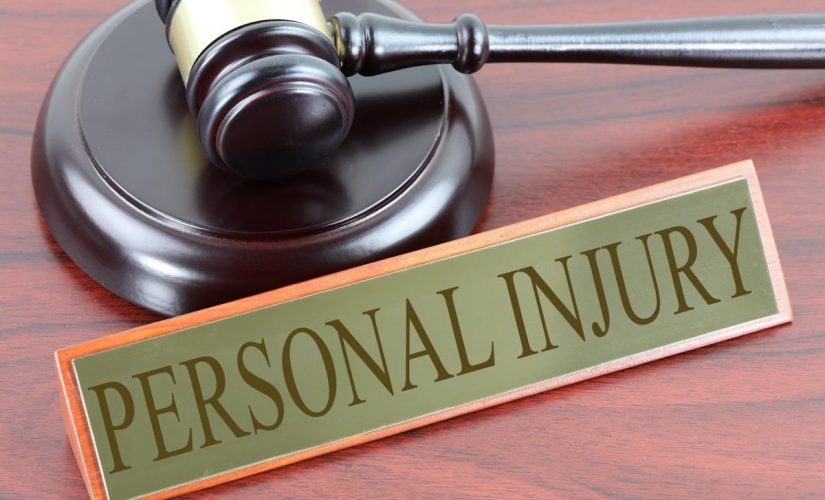Pharmacy Malpractice: A Hidden Threat to Patient Safety
Pharmacy malpractice, a critical yet often overlooked aspect of healthcare, poses a significant threat to patient safety. It refers to the negligence or failure of a pharmacist to provide the standard of care expected in their profession, leading to patient harm or injury. This article delves into the intricacies of pharmacy malpractice, its implications, and ways to mitigate it.
Understanding Pharmacy Malpractice
Pharmacy malpractice can take various forms, including dispensing the wrong medication, incorrect dosage, failure to identify harmful drug interactions, or providing incorrect advice about medication usage. These errors can lead to severe health complications, including allergic reactions, overdose, and even death.
The Impact of Pharmacy Malpractice
According to a study published in the Journal of Patient Safety, medication errors contribute to approximately 400,000 preventable injuries and deaths in hospitals each year in the United States. This alarming statistic underscores the gravity of pharmacy malpractice and its potential to cause harm.
Case Study: Pharmacy Malpractice in Action
A notable example of pharmacy malpractice is the 2012 fungal meningitis outbreak in the United States, which resulted in 64 deaths and over 750 infections. The outbreak was traced back to a compounding pharmacy that had negligently produced and distributed contaminated steroid injections. This case highlighted the devastating consequences of pharmacy malpractice and sparked a nationwide call for stricter regulations and oversight of compounding pharmacies.
Preventing Pharmacy Malpractice
-
Improved Education and Training: Pharmacists should receive ongoing education and training to stay updated on the latest drug information and safety protocols.
-
Technology Integration: Implementing advanced technologies like electronic prescribing systems can help reduce medication errors.
-
Enhanced Communication: Clear communication between pharmacists, physicians, and patients is crucial to ensure the correct medication and dosage are administered.
Legal Recourse for Victims of Pharmacy Malpractice
Victims of pharmacy malpractice have the right to seek legal recourse. They can file a lawsuit against the pharmacist or the pharmacy for negligence. If successful, they may receive compensation for medical expenses, pain and suffering, lost wages, and other damages.
Conclusion
Pharmacy malpractice is a serious issue that can lead to severe health complications and even death. It is crucial for the healthcare industry to recognize and address this problem through improved education, technology integration, and enhanced communication. Victims of pharmacy malpractice should also be aware of their legal rights and options. By shedding light on this issue, we can work towards a safer healthcare environment for all.







